Common Fault 1:
Why does the electromagnetic flow meter value change when the pipe is empty?
• Solution:
① Interference with the grounding.
② Whether there is water in the horizontal installation.
③ Whether there is backflow in the vertical installation.
④ The terminals of the split type are default-connected. Customers may disassemble the wiring, rewire it and forget to ground it.
⑤ There is moisture or water vapor in the pipe (caused by temperature difference, short-term existence) that adheres to the electrodes and reduces the resistance.
⑥ Delining.
⑦ Electrode chemical corrosion.
⑧ The empty pipe alarm threshold is unreasonably set or the empty pipe alarm is prohibited.
• Treatment measures: Check whether the empty pipe alarm function is turned on. You can set the resistance value in the flow rate row to below the threshold range.
Common Fault 2:
Why does the value collected by the electromagnetic flowmeter through the 4-20mA current signal not match the value displayed on the flowmeter?
• Solution: There is a deviation in the output signal. For example: 0m³/s corresponds to 3.98mA or 3.9mA.
• Method 1: Use a multimeter in conjunction with the current zero point correction.
• Method 2: Zero-point automatic calibration, the software realizes 0m³/s corresponding to 4mA.
In fact, the 4-20mA output may sometimes cause totalizer errors. The flow pattern changes, so it is recommended to choose RS485 or pulse signal.
Common Fault 3:
Why does the flow rate displayed by the electromagnetic flowmeter after passing through flow deviate greatly from the estimated flow value on site?
• Solution:
Theoretically, the accuracy of electromagnetic flowmeter is within 1.5%.
• Method 1: Check whether multiple instruments at the site, ultrasonic wave, and glass rotor (error 20%~30%) are all on the same pipeline. Compare the indication error first, and then compare the cumulative error. This can be solved by doing on-site calibration.
• Method 2: Comparison of theoretical calculations.
• Method 3: If there is a water pump on site, the rated flow rate of the pump cannot be used for calculation. Because it cannot actually be achieved, a frequency converter is needed to reduce the deviation of the pump's rated flow to within 10%.
Common Fault 4:
Why does the data fluctuate violently after the electromagnetic flowmeter passes through?
• Solution:
1. Whether the installation is at a high point and there is bubble friction.
2. Whether the pipeline vibrates.
3. Grounding, check whether there is any interference on site.
4. Is it in a self-flowing state, with no pressure and air present?
5. Installation location of pump and flow meter.
Common Fault 5:
Why the instantaneous flow rate of the electromagnetic flowmeter is halved or too small?
• Solution:
This situation is common in split type. The cause of the problem is as follows:
1. Caused by wiring errors, you can check whether the wiring is correct through the terminal marks on the circuit board.
2. Misoperation of setting causes the excitation mode to change.
3. Check whether the sensor coefficient settings have been changed artificially.
Common Fault 6:
What are the effects of using electromagnetic flowmeter in low or high temperature environments?
• Solution:
1. The lining expands with heat and contracts with cold, and the electrodes are prone to leakage.
2. The integrated flow meter will cause water vapor to be generated on the inner wall of the product, and the attached circuit will affect the electrical performance. This situation will cause the signal to be disconnected, the insulation resistance between the circuit and the housing to decrease, or even a short circuit.
For use at low temperatures or high temperatures of more than 100 degrees, the product structure must be changed to split type.
Common Fault 7:
What is the reason why the power supply of the electromagnetic flowmeter does not light up or has no display?
• Solution:
1. First check the power supply mode of the instrument. 24v and 220v cannot be used at the same time. Check whether the power supply wire is connected to the matching terminal. Check whether the display cable is normal. It is protected against reverse connection and wrong connection, and will not be damaged if the circuit is blocked.
2. Check the ampere size of the power supply module. The flow meter consumes a large amount of power. If there are many instruments, it may not be possible to carry them.
3. During transportation, the inside of the flow meter became loose.
Common Fault 8:
Reasons and solutions for electromagnetic flowmeter RS485 failure to communicate.
• Solution:
1. Whether the customer's selection is correct and whether the output has RS485 communication.
2. Check 485 parameter settings, address, baud rate, etc.
3. Check whether the 485 wiring is correct, MFE600E terminals 1 and 3, MFE600Z terminals TXR + and TXR -, and check whether the 485 communication module is loose.
4. 485 cable check, network cable cannot be used. Wire diameter requirement: 0.5mm² or 0.2mm²
Common Fault 9:
How to solve the problem of no signal output from the electromagnetic flowmeter?
• Solution:
1. Check whether the voltage of each output channel of the power circuit board is normal;
2. Connect the cable correctly;
3. Check the direction of liquid flow and whether the liquid in the pipe is full;
4. Check whether there is dirt or scale attached to the electrode and clean it regularly.
Common Fault 10:
The output signal of the electromagnetic flowmeter fluctuates, what are the possible reasons and solutions?
• Solution:
1. Check whether there are interference sources such as large electrical appliances or welding machines in the operating environment of the instrument.
2. Make sure the liquid in the pipe is full or the bubbles subside.
3. Check whether the pipeline is vibrating and reinforce the flow meter if necessary.
Common Fault 11:
How do we handle the electromagnetic flowmeter output signal exceeding the full scale output?
• Solution:
1. Check the signal loop connection;
2. Check whether the parameter settings and zero point and full scale of the converter meet the requirements;
3. Calculate the actual flow rate on site and check whether it meets the flow rate range of the flow meter.
Common Fault 12:
Solution to the problem that the flow measurement value of the electromagnetic flowmeter does not match the actual value
• Solution:
1. Check whether the grounding is good;
2. Ensure that the flow rate of the liquid being measured in the pipeline is above the minimum flow limit;
3. Check whether the signal cable connection and the insulation performance of the cable are intact;
4. Reset the converter setting value and verify the zero point and full scale values of the converter.
At MicroSensor, we are committed to ensuring the optimal performance of our magnetic flow meters. Our dedicated technical support team is available to assist you with common troubleshooting issues. Whether you're experiencing any challenges, our experts are here to provide timely and effective solutions.
Feel free to let me know if you need any changes or additional information!
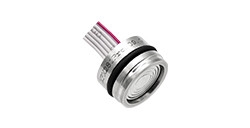

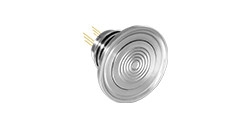

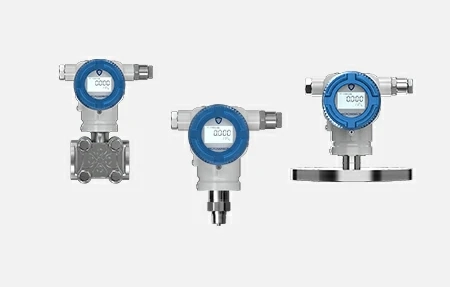

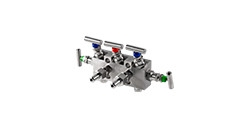
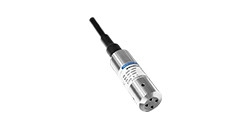
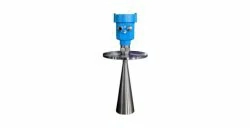


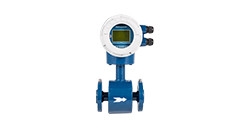
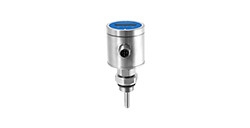

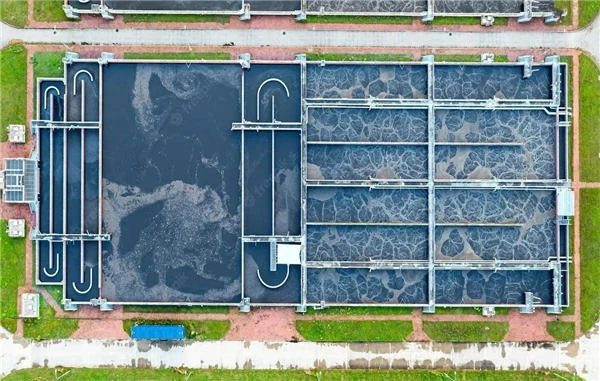

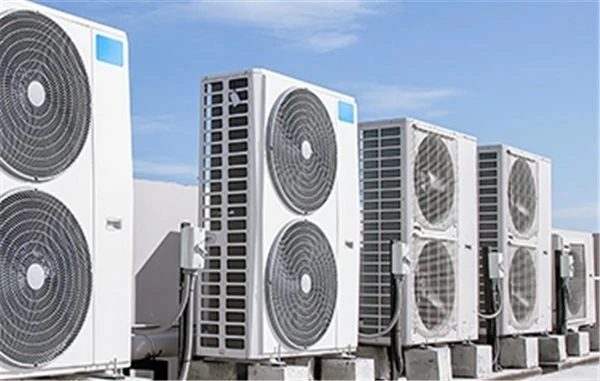






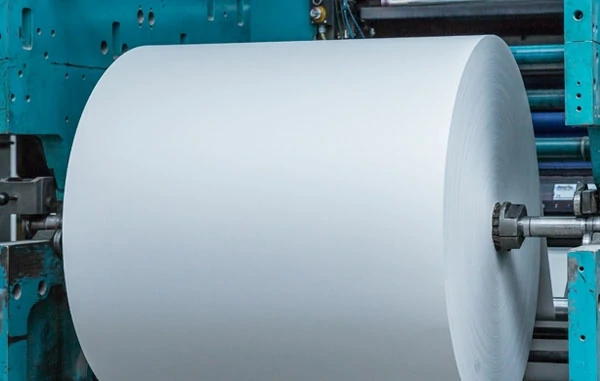

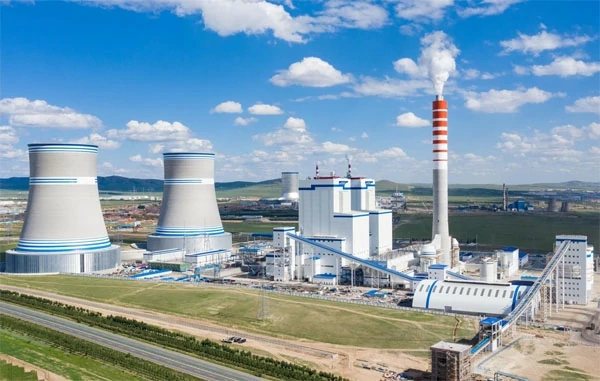

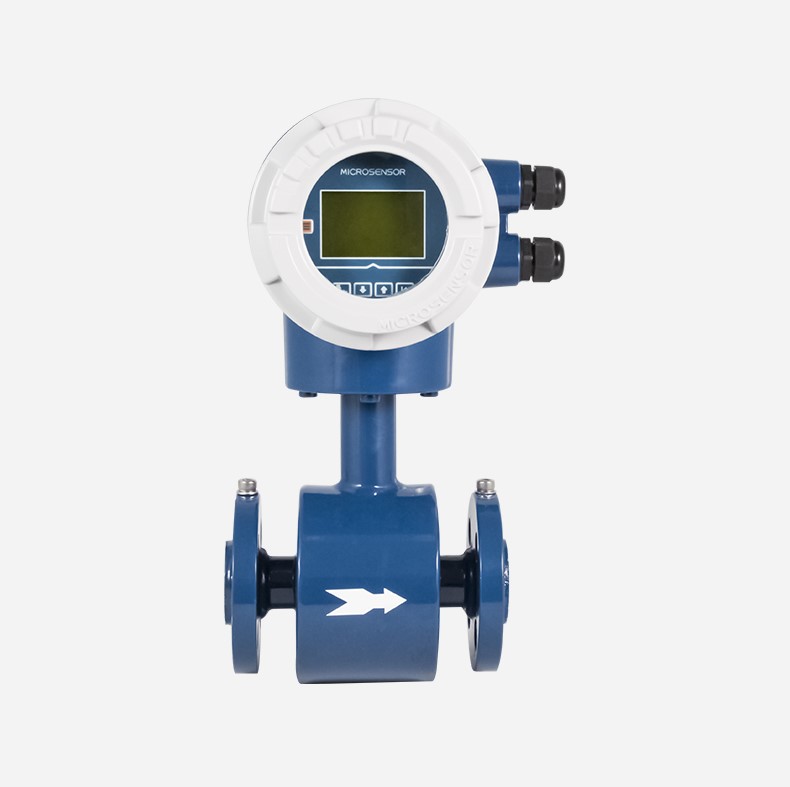
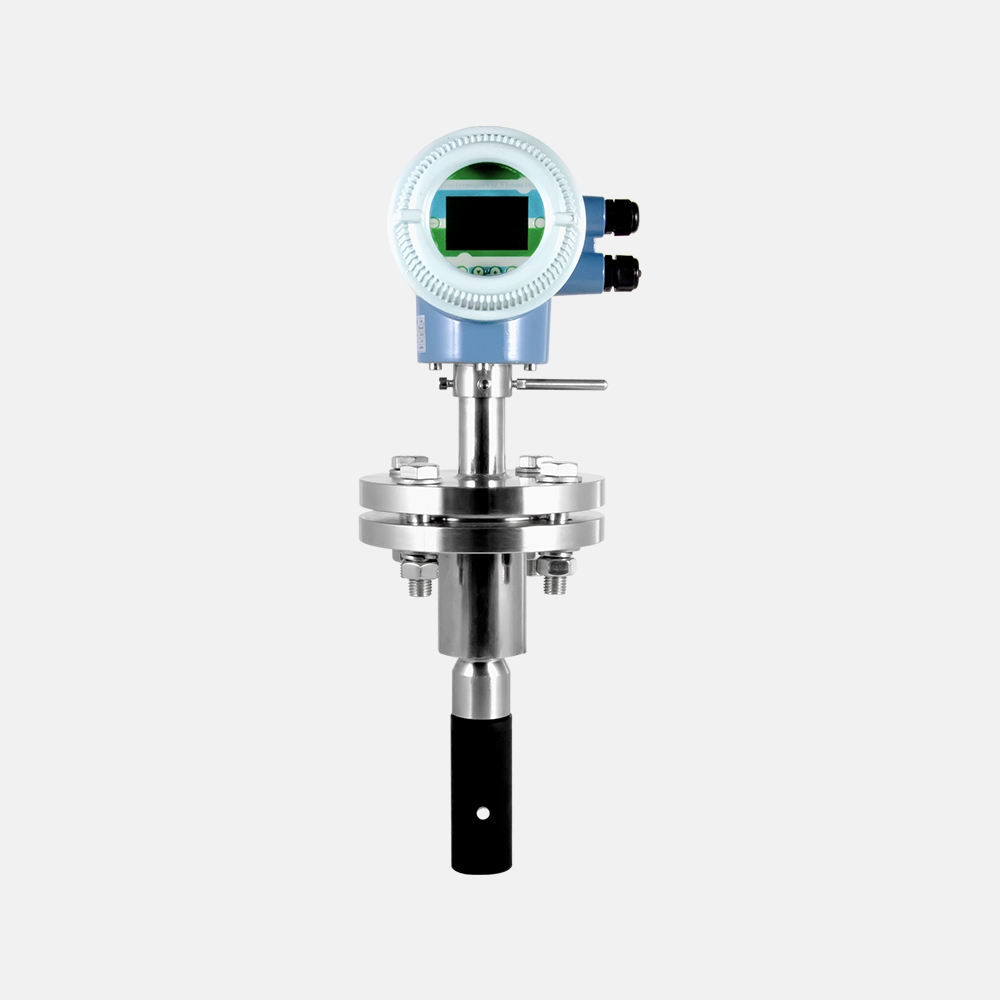


 Copyright © 2025 MICRO SENSOR CO., LTD
Copyright © 2025 MICRO SENSOR CO., LTD



